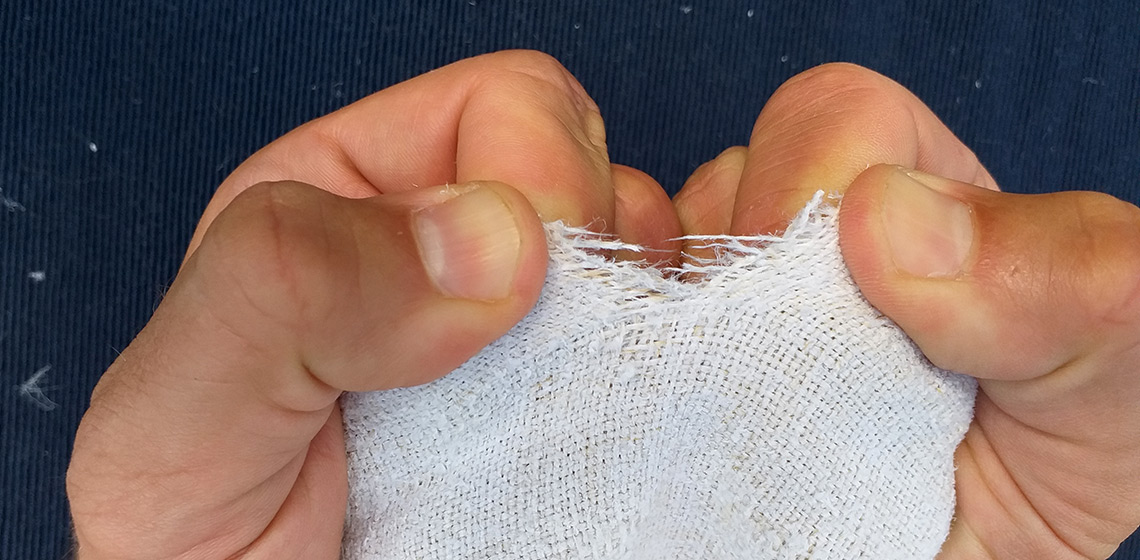trade
What was *platъ and how Did it Work? Reconstructing a Piece of Slavic Cloth Currency
Publication Date
Using a credit theory of money, we propose that at least some Slavic tribal communities underwent a process of social monetization. In order to fully support this hypothesis, however, many linguistic and historiographic sources would need to be discussed – a task which exceeds the scope of a single article. Therefore, we will here focus on examining (from technical perspective) the oldest type of “money” mentioned by Slavic tribal communities, which we interpret as physical records of mutual obligations.

